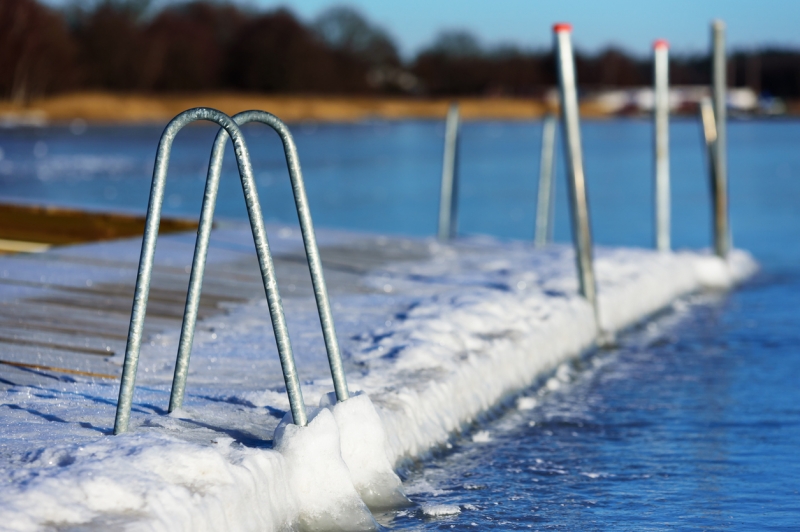
Top tips for swimming in winter
Just because it’s winter, doesn’t mean you need to abandon your swimming regime. Just try our top tips for swimming in winter.
Not many people enjoy stepping into an icy pool or sea. But just because it’s winter, doesn’t mean you need to abandon your swimming regime. Just try our top tips for swimming in winter:
Get your gear right
Depending on where you live – and how chilly it gets – you may need to add some extra gear to your swim bag:
- Two swimming caps: stops too much heat escaping through your head.
- Neoprene cap: best for cold water
- Neoprene socks: great for training swims on cold days
- Wetsuit: a full-body suit will seal in as much heat as possible
- Wetsuit gloves and/or slippers: keep your feet and hands warm
- Earplugs
Whether you head to the pool or the beach, keep a set of warm, dry clothes ready for after your swim. Thermals or wool are a great option, because they seal in the heat while wicking away moisture. A pair of ugg boots are a nice luxury, too!
Make a plan
It’s tempting to skip any workout in winter – let alone one that involves cold water! So to stay on track, why not set yourself a winter training schedule? You might like to join a swim club or team, or hire an instructor for one-on-one sessions. Or, if you have bucketloads of self-discipline, setting your own schedule might be enough.
Be sure to add in a few rewards to keep your motivation high on those dark, chilly days!
If you swim in open water, it’s a good idea to put safety first. Don’t swim alone in cold water – especially in the dark or at dawn or dusk. And ensure you know which beaches are the safest for swimming. Either take a swimming buddy out with you – or ask someone to watch you from the shore, especially if you’re starting out.
Getting in the water
OK, time for the hardest part! Some people like to jump right in, but this can shock your body. Instead, you might like to try slow submerging. Walk out to your knees. Once you’re used to the temperature, go a little deeper. Let the water rise to your chest. Then wait a few moments before diving in.
Other swimmers like to blow bubbles in waist-deep water. This can prevent shock and breathing issues.









